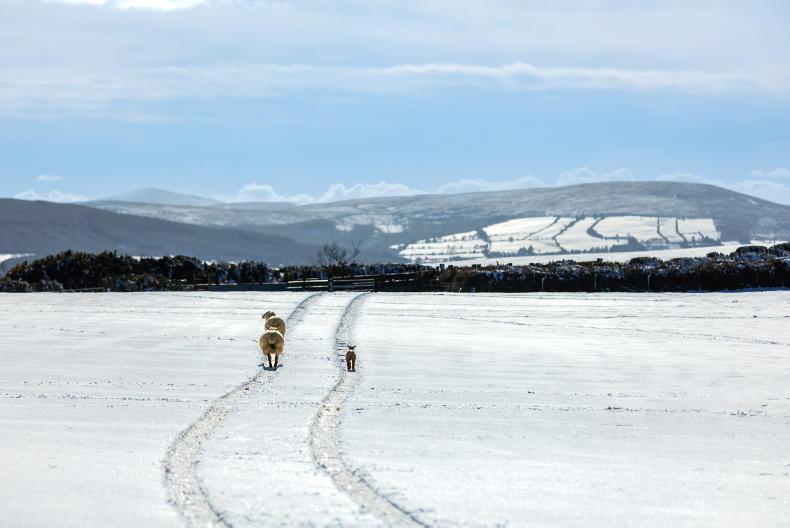Farming is often described as a graveyard for money because once you start a farm investment, project costs can spiral.
This might be because of site specific issues like soil type, weather, new specifications, and cost of inputs, etc.
However, farmers often have no choice but to invest to make farming sustainable long-term. In some cases, the investment is made to entice the next generation to continue to farm.
A new machine to make the job easier, a new shed to take the pressure off other resources etc. Every day, every year farmers in all sectors – dairy, suckler, tillage etc have to consider investments that are relatively long-term in nature.
Currently, output prices are as good as we have seen for many years, if ever in some cases. However, the investment dilemma still hangs in the balance for many farmers. Why is this? There are three big bets on the line that we should get answers to, or at least part answers to in 2025.
All three have significant impacts on farming in Ireland. To succeed in their new role, the new Minister for Agriculture will need to get good outcomes for farmers on these three big issues.
Firstly, the EU powerhouses of Germany and France need financial stimulation and are in a very different fiscal economic situation to Ireland at the moment.
It looks like EU Commission president Ursula von der Leyen is willing to bet the beef market on the Mercosur deal at whatever the cost.
She obviously feels the upside benefits of the trade deal to Germany and France are far more advantageous to the EU than the downside risk of 99,000 tonnes of beef or 180,000 tonnes of poultry coming into the EU market from South America.
Damaging
The ‘unbalanced’ trade risk, the environmental, and the food safety concerns are central pillars of the opposition to the deal. Within the next six months, we should have visibility of whether an EU-blocking minority of countries can stop what could be a very damaging trade deal for Irish farmers.
The second big bet is around the EU’s policy direction on food production and sustainability. Only two weeks ago, Ursula von der Leyen underlined the importance of food and farming in an EU context.
She claims that within the next 100 days, a new vision for the competitiveness of EU farming must be established with less red tape, a stronger bargaining position for farmers and more incentives for young farmers.
The new commissioner for Agriculture and Food, Christophe Hansen by all accounts is being held in high esteem by any that have encountered him so far.
He is adamant that a new pot of money is needed for farmers to meet stringent environmental demands rather than the dilution of the existing pot of funds into far more fragmented and piecemeal schemes.
The framework of the next CAP will be built in 2025, so what it looks like is critical for Irish farmers.
The third big bet that farmers should get some clarity on in 2025 is around the nitrates derogation. In short, the nitrates derogation allows Ireland to operate a viable stocking rate in a low input grass-based system that many European countries are envious of.
The question is whether these European countries will support Ireland in its derogation renewal bid? Also Irish farmers want more than just a renewal.
They want a longer lead-in period if stocking rate changes are necessary. Two years of a continuation of a 220kg/HA organic nitrogen threshold is not enough if it means 200kg/HA or 170kg/HA shortly after that.
For farmers investing in slurry storage and cubicles, they need at least a 15-year horizon on payback.
Prudent
With these three big bets hanging in the balance, it may be prudent for some farmers to hold off on a major farm investment in 2025.
However, some farmers know they are already over-stretched on facilities and have no choice but to invest in 2025 (see p8).
They can’t wait for answers, so all they can do is manage the investment carefully and hope the food supply and demand balance remains in farmers’ favour for 2025 and beyond.
Hopefully input costs will continue to fall, allowing farmer margin increase in 2025 which allows farmers invest for a bigger and better food and farm sector.






 This is a subscriber-only article
This is a subscriber-only article










SHARING OPTIONS: